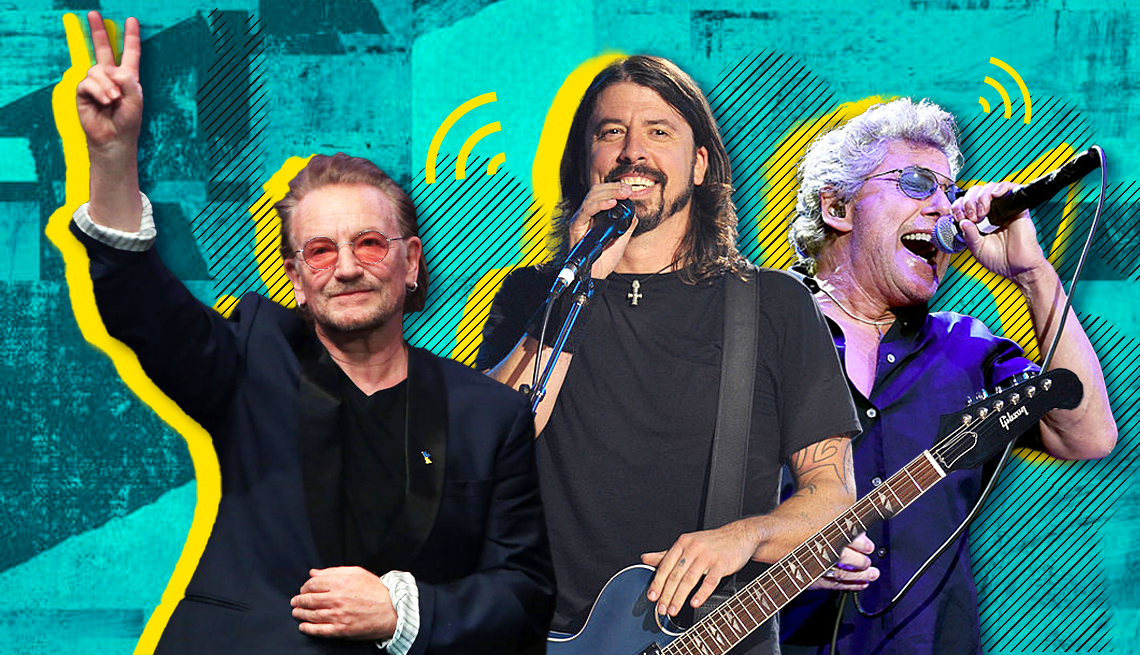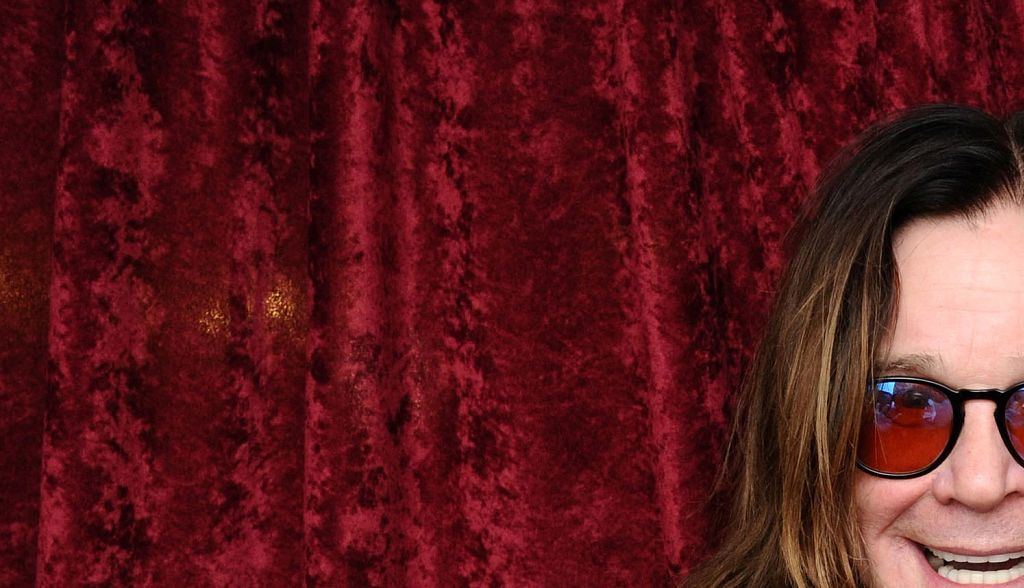AARP Hearing Center


Despite hearing damage caused by decades of unprotected exposure to high-volume concerts — a risk fans face too — many musicians are coping, even thriving.
Huey Lewis, 73, has not let severe hearing loss caused by Meniere’s disease stand in his way. He’s been active in shaping his newly opened Broadway musical, The Heart of Rock and Roll, and has another two songs in the Broadway show Back to the Future.
Don’t miss this: Huey Lewis Says Broadway Show Has Helped Him Cope With Hearing Loss, on AARP Members Only Access
Other industrious musicians with noise-induced hearing problems include Bob Dylan, 82, Roger Daltry, 80, James Hetfield and Lars Ulrich of Metallica, both 60, Liam Gallagher, 51, of Oasis, Soul Asylum’s Dave Pirner, 60, John Densmore, 79, of The Doors and Mick Fleetwood, 76, of Fleetwood Mac. But that’s not stopping them from performing and continuing to be creative — some of them are on tour right now.
Don’t miss this: 25 Concert Tours You Can’t Afford to Miss This Summer
The problem is especially prevalent in the ranks of boomer rockers. The organization Hearing Education and Awareness for Rockers estimates that 60 percent of inductees into the Rock & Roll Hall of Fame are hearing impaired.
According to a German study that analyzed the health insurance records of seven million people from 2004 to 2008, working musicians are nearly four times more likely to suffer noise-induced hearing loss than those in any other profession. They were also 57 percent more likely to have tinnitus — ringing in the ears — brought on by their work.
But they keep working. Here’s a cross section of busy musicians with audio difficulties:
Paul Simon, 82, suddenly lost most of the hearing in his left ear while working on his 2023 album Seven Psalms. He thought he would never perform live again, but he recently said his improved condition could allow him to return to the stage.
Don’t miss this: Paul Simon Reveals How He Deals With Hearing Loss
Stephen Stills, 79, who has described himself as “completely deaf,” wears hearing aids in both ears. A doctor noted hearing loss in his right ear when Stills was 9, but it was long tours and endless hours in recording studios that led to a steep decline.







































































More From AARP
AARP Hearing Center
Useful advice for those who are hard of hearing, struggle with tinnitus or suffer from hearing loss
Huey Lewis’ ’80s Tunes Hit Broadway in ‘The Heart of Rock and Roll’
Singer shares his struggles with hearing loss, how the new musical is helping keep him creative
Recommended for You